
In the vast expanse of the world’s oceans, where the mysteries of the deep blue unfold, sea turtles have roamed for millions of years.
With their enduring grace and ageless beauty, these ancient mariners have become synonymous with the ocean’s majesty.
But in today’s world, these magnificent creatures face unprecedented challenges, making sea turtle conservation more vital than ever.
*The images featured in this article were captured by one of our interns during their participation in conservation projects with different organizations. A short interview at the end of this article is provided.
What is Sea Turtle Conservation?
Sea turtle conservation encompasses a range of efforts to protect sea turtle species, including loggerheads, green turtles, leatherbacks, hawksbills, and others. It involves various strategies, from monitoring and protecting nesting sites to reducing threats and raising awareness.
The ultimate goal is to ensure the survival and well-being of these iconic marine reptiles.
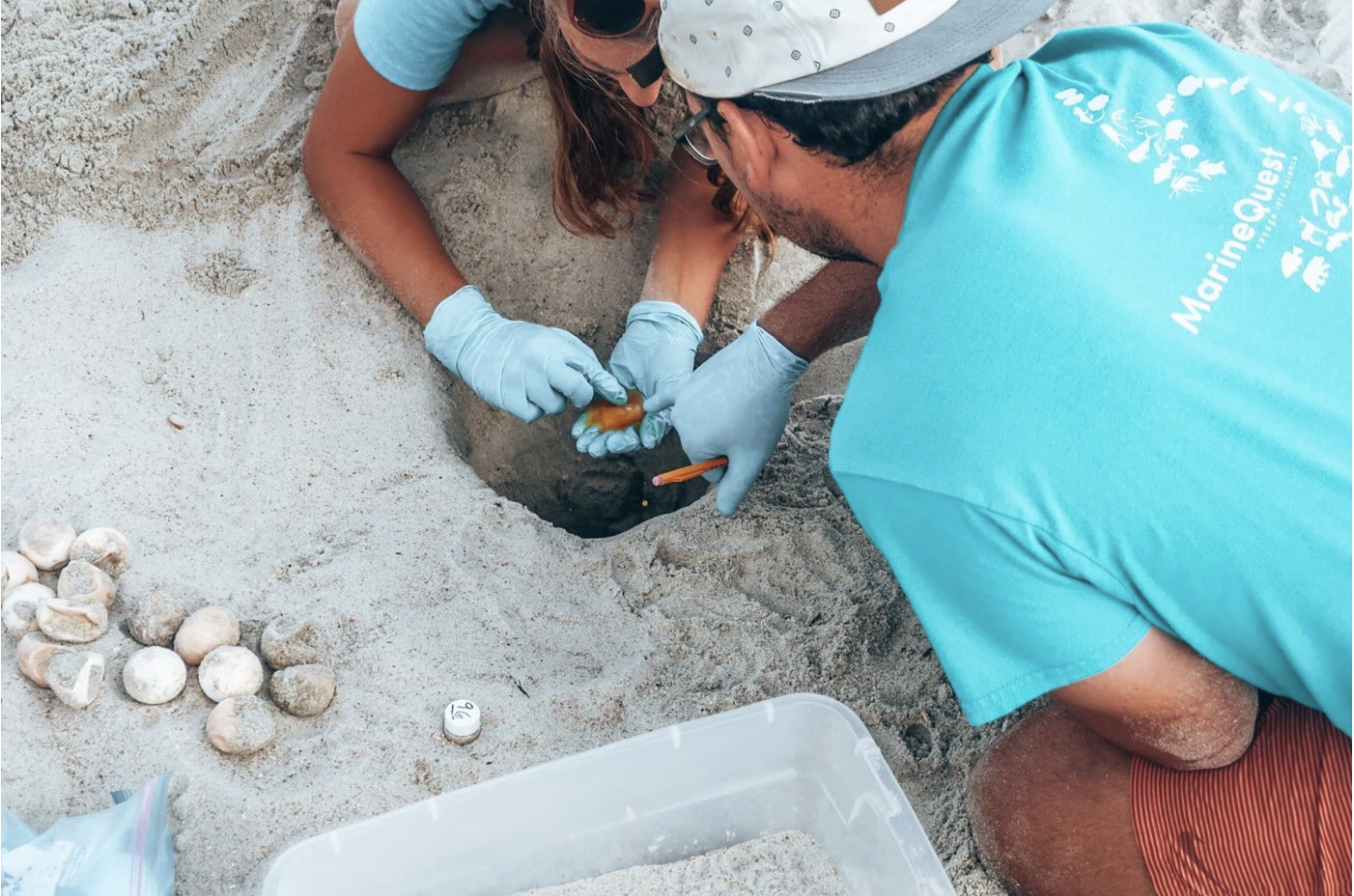
Why is Sea Turtle Conservation Important?
-
Biodiversity and Ecosystem Health: Sea turtles are keystone species, playing a critical role in maintaining the health and balance of marine ecosystems. Their feeding habits help control seagrass beds and sponge populations, which, in turn, influence the overall health of the oceans.Fun Fact: Green sea turtles help maintain healthy seagrass beds.
-
Preserving Ancient Species: Sea turtles are among the oldest creatures on Earth, with a lineage dating back to the time of dinosaurs. Losing these species would be a profound loss to the planet’s biodiversity and natural history.Fun Fact: Leatherback sea turtles are the oldest of all sea turtle species.
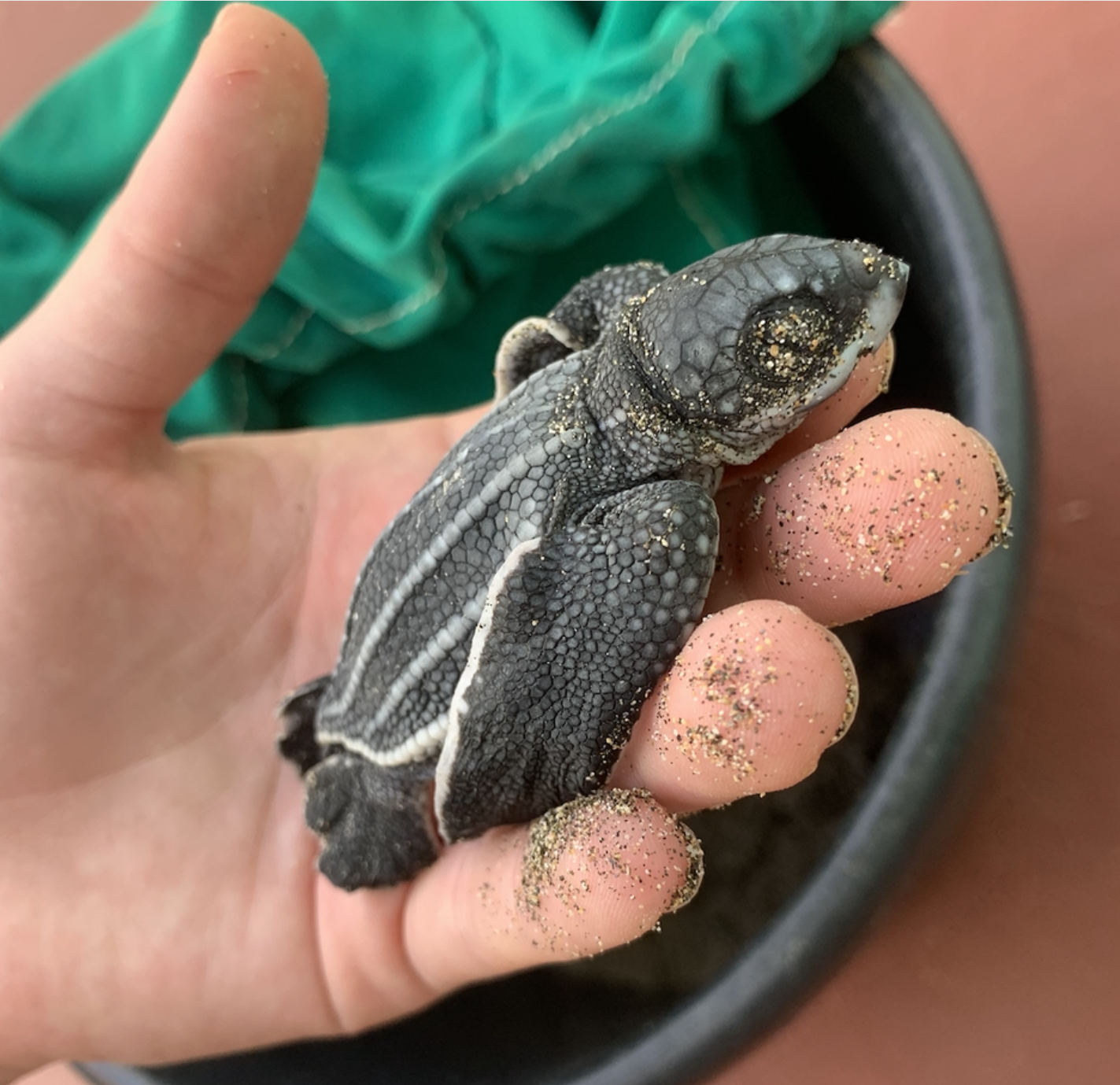
-
Economic Benefits: Many coastal communities rely on sea turtle tourism as a source of income. Healthy sea turtle populations attract tourists who contribute to the local economy through ecotourism, diving, and wildlife-related activities.
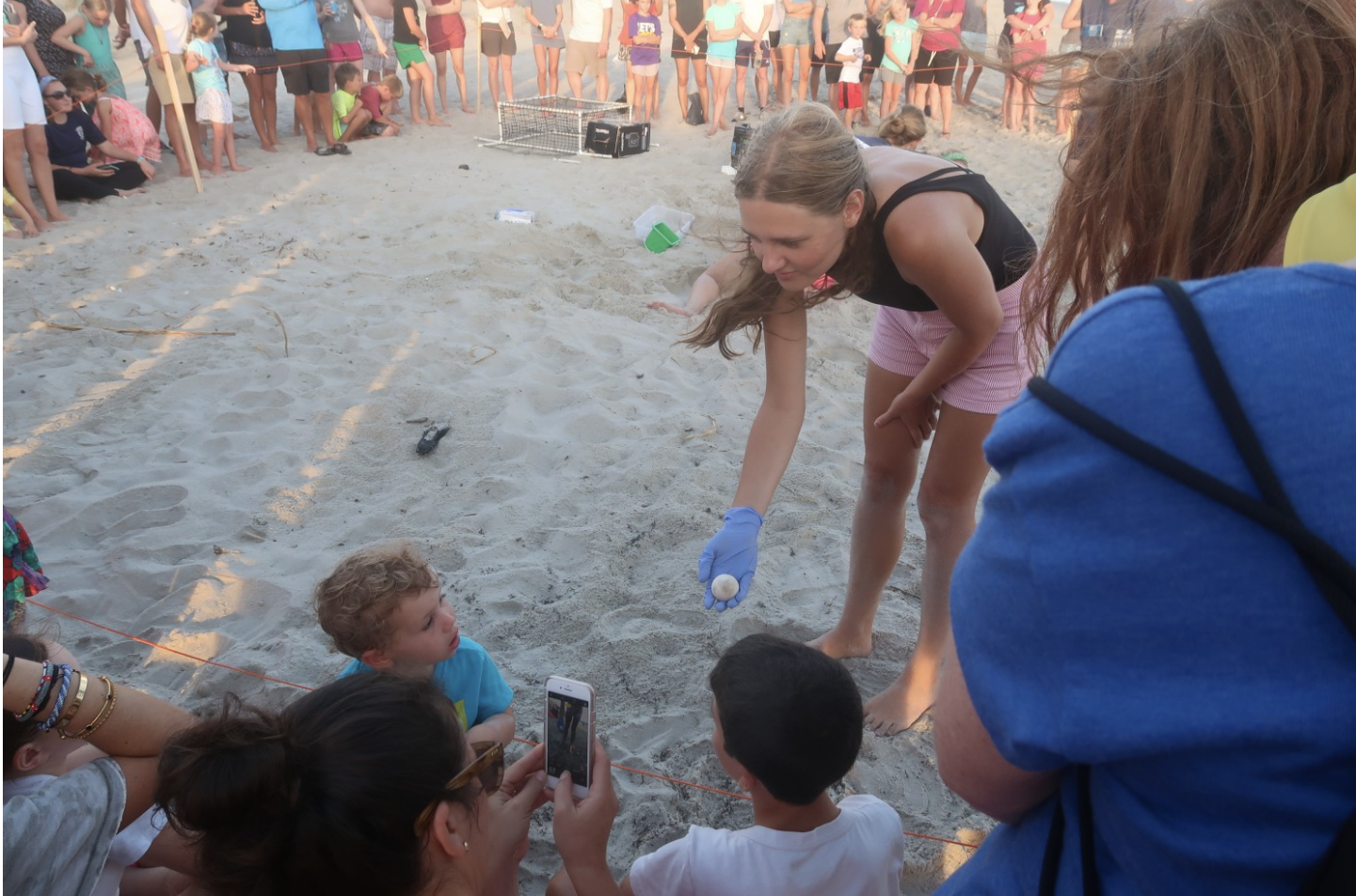
-
Cultural and Spiritual Significance: Sea turtles are significant for many coastal and indigenous communities. They are often revered as symbols of wisdom, longevity, and protection.
-
Indicator of Ocean Health: The presence and well-being of sea turtles can serve as indicators of the overall health of marine ecosystems. Their decline can signal environmental issues such as pollution, habitat degradation, and overfishing.
-
Threats to Sea Turtles: Sea turtles face numerous threats, including habitat destruction, accidental bycatch in fishing gear, poaching, and pollution. Climate change also impacts their nesting habitats by altering beach temperatures, which can skew the gender ratios of hatchlings.
-
Conservation Efforts: Sea turtle conservation efforts involve protecting nesting sites, implementing measures to reduce bycatch, supporting research on migration patterns, and educating the public. These endeavors aim to address the multifaceted challenges sea turtles face.
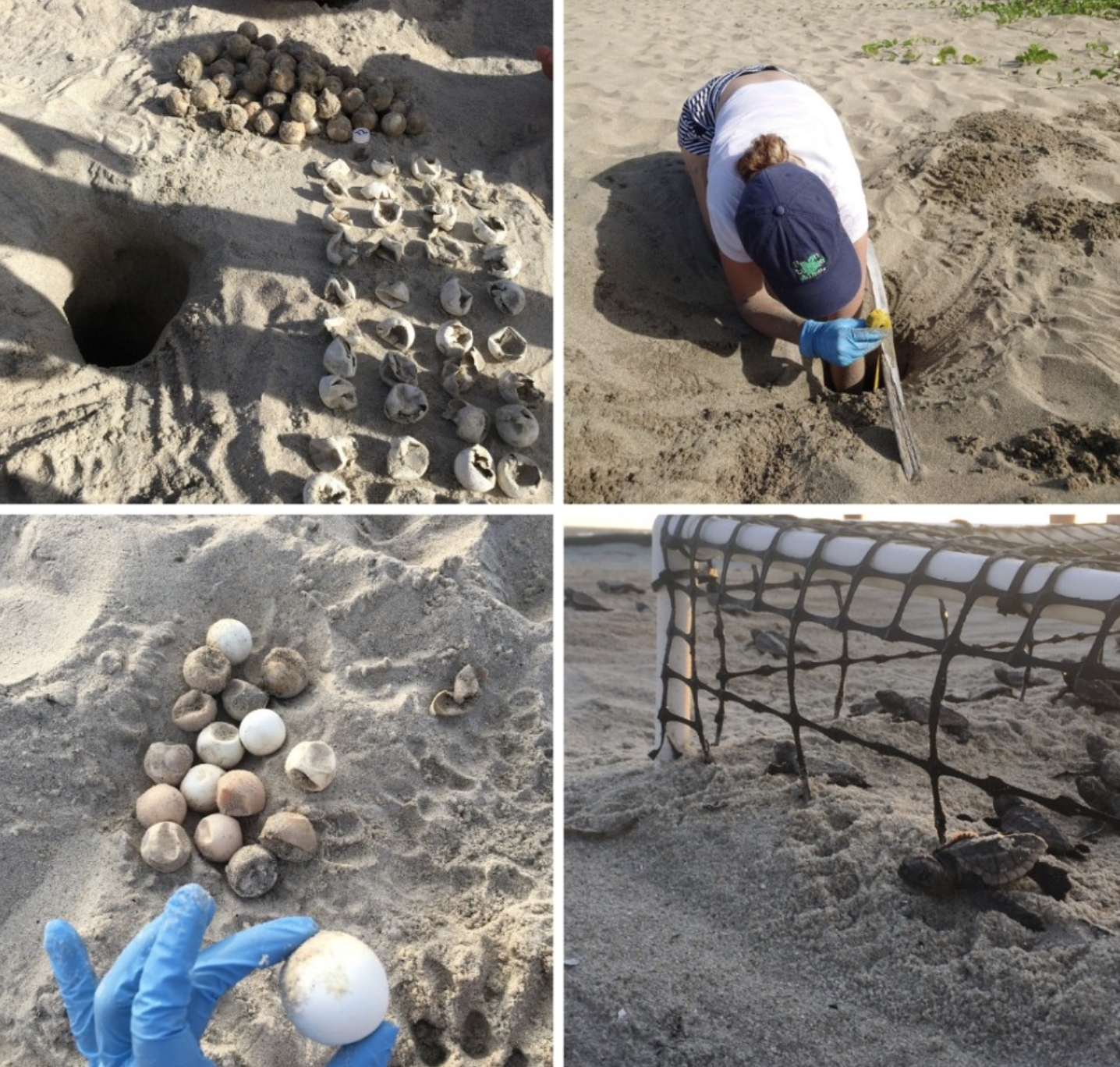
-
Legal Protections: Many countries and international agreements offer legal protections for sea turtles. These measures range from nesting site regulations to restrictions on the trade of turtle products.
-
Global Impact: Sea turtles are not confined by national borders. Their migrations span vast distances and multiple countries, emphasizing the importance of international cooperation in their conservation.
-
Inspiring Conservation: Sea turtles serve as flagship species, inspiring broader efforts to conserve marine life and ecosystems. By saving sea turtles, we indirectly protect countless other marine species.
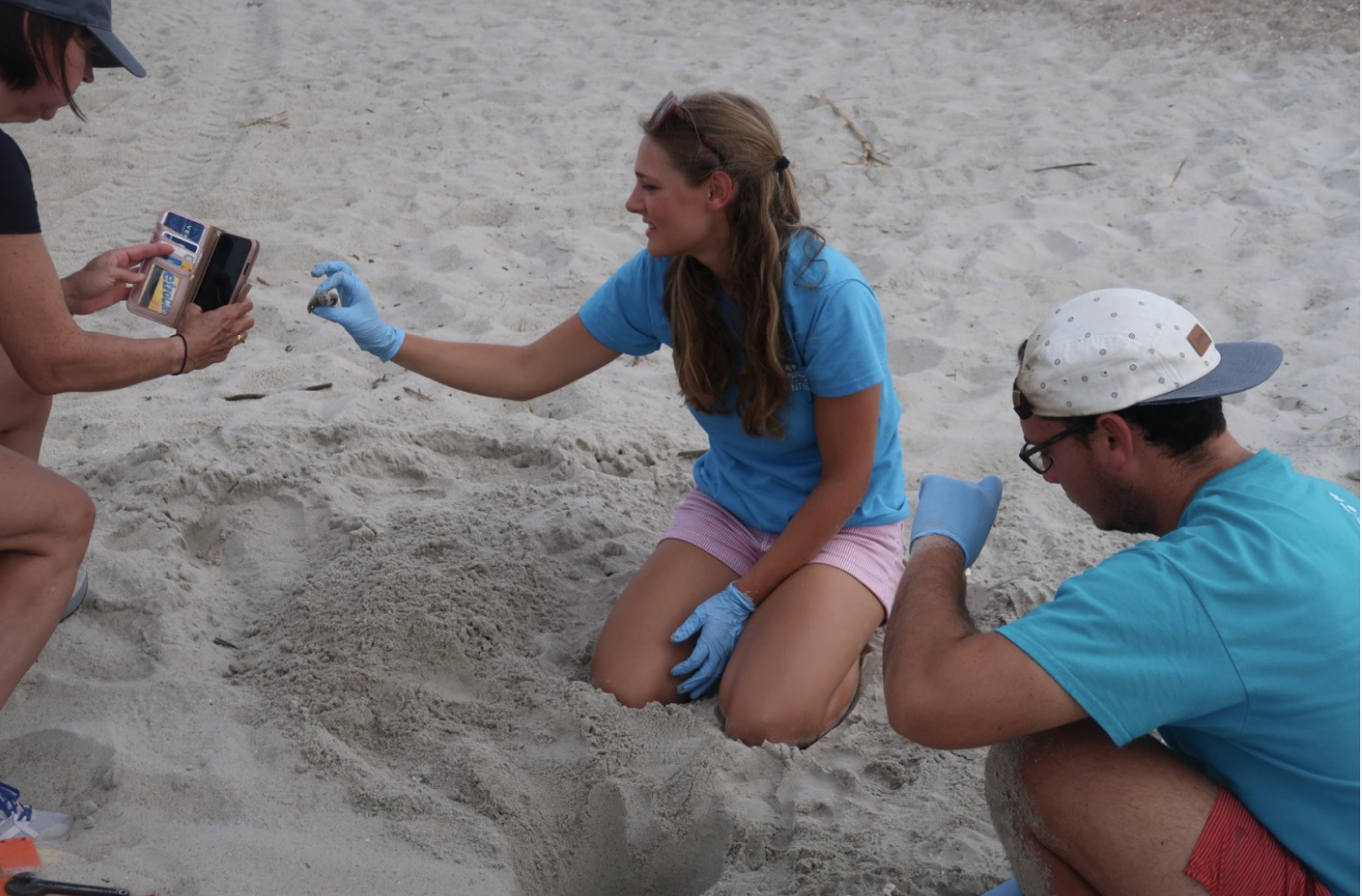
Conclusion
Sea turtle conservation is an essential endeavor, grounded in science, culture, and the irreplaceable value of preserving ancient species. As the stewards of our planet, it is our responsibility to protect these ancient mariners and the ecosystems they call home.
By doing so, we safeguard the health of our oceans and ensure that future generations can marvel at the enduring beauty of these iconic creatures, swimming freely through the world’s seas.
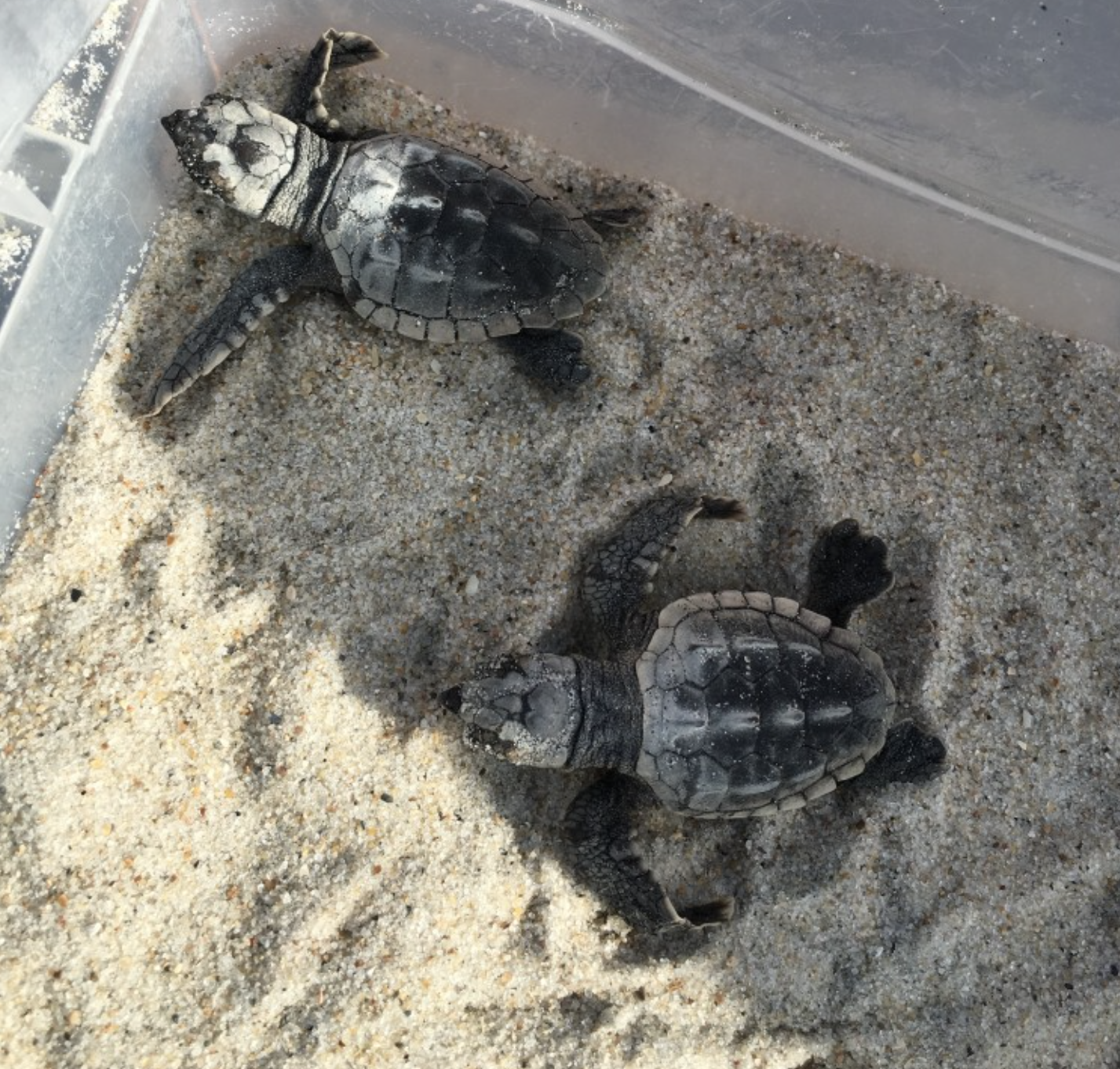
Short interview with Intern Caroline Clavien:
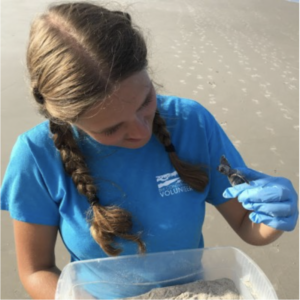
Why did you want to work with sea turtles?
For as long as I can recall, my passion has been deeply intertwined with the desire to work with sea turtles. I was born in North Carolina, USA, a region blessed with diverse ecosystems like saltwater marshes, estuaries, and barrier islands. During my summers, I found myself drawn to the coastline, forging my connection with the sea. It was during one of these coastal sojourns that I had my first awe-inspiring encounter with a loggerhead sea turtle. From that moment, I was captivated by these remarkable creatures and felt a profound calling to better comprehend and protect them.
As I matured, I took the initiative to volunteer with the local Conservancy, nurturing my passion and commitment to sea turtle conservation. This invaluable experience kindled a flame within me, motivating me to delve deeper into the world of marine life.
My educational journey led me to London, where I pursued a Master of Science in Aquatic Conservation, specializing in coastal and marine sciences. It was during this rigorous academic pursuit that I honed my knowledge and skills, with a particular focus on nesting sea turtles. My research thesis revolved around these ancient mariners, deepening my understanding and strengthening my resolve to contribute to their preservation.
This trajectory, from the North Carolina coast to the academic halls of London, reflects my unwavering dedication to sea turtle conservation. With each step, my passion has grown, fueling my desire to make a meaningful impact in the realm of marine life protection and fostering a deep commitment to these incredible creatures.
Out of the 7 species of sea turtles, which one is your favorite?
That’s an excellent question. I hold a deep affection for all sea turtle species, each possessing its own unique charm. However, since my experiences working in the Caribbean and encountering the largest of the sea turtles, the leatherbacks, I must admit I have a special affinity for them. These gentle giants have left an indelible mark on my heart.
What made you choose to work with The Happy Turtle Straw?
As I persistently sought opportunities to expand my work experience and broaden my knowledge, I stumbled upon the internships offered by The Happy Turtle Straw. What immediately captivated me was the unwavering dedication and fervor of this startup in addressing plastic pollution, particularly in our oceans. It became evident that this experience could provide me with invaluable insights into marketing and public relations. Moreover, it presented a platform for me to inspire countless individuals to embrace alternative choices, such as the use of sustainable alternatives to plastic straws, in the ongoing battle against plastic waste.
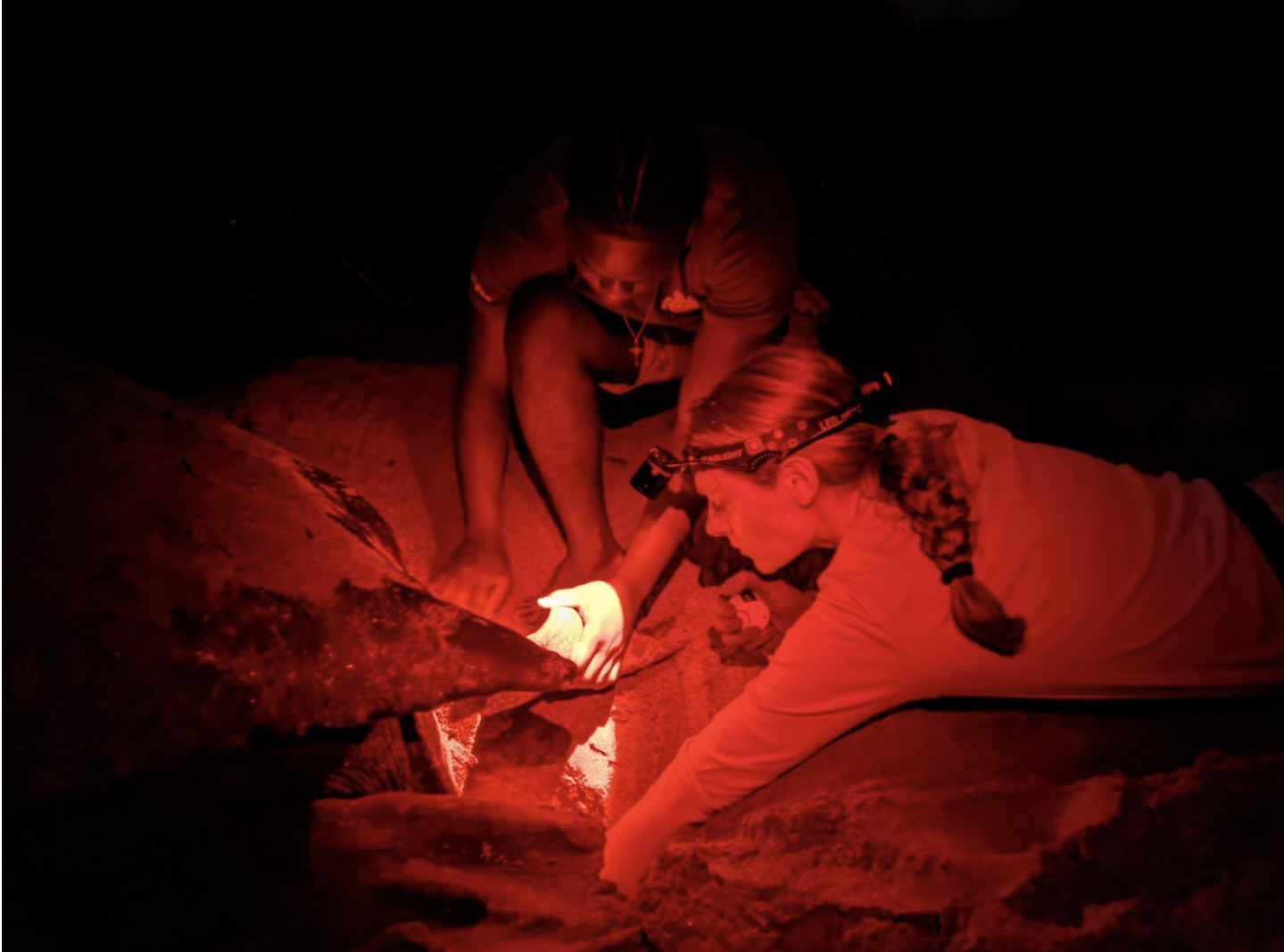
References:
Godley, B.J., Broderick, A.C., Colman, L.P., Formia, A., Godfrey, M.H., Hamann, M., Nuno, A., Omeyer, L.C.M., Patricio, A.R., Phillott, A.D. and Rees, A.F., 2020. Reflections on sea turtle conservation. Oryx, 54(3), pp.287-289.
Mazaris, A.D., Schofield, G., Gkazinou, C., Almpanidou, V. and Hays, G.C., 2017. Global sea turtle conservation successes. Science advances, 3(9), p.e1600730.
Klemens, M.W., 2000. Turtle conservation. Washington, DC, 745.
The Happy Turtle Straw is dedicated to reducing plastic waste in our waterways and finding new innovative solutions to help our marine life, such as endangered sea turtles.




